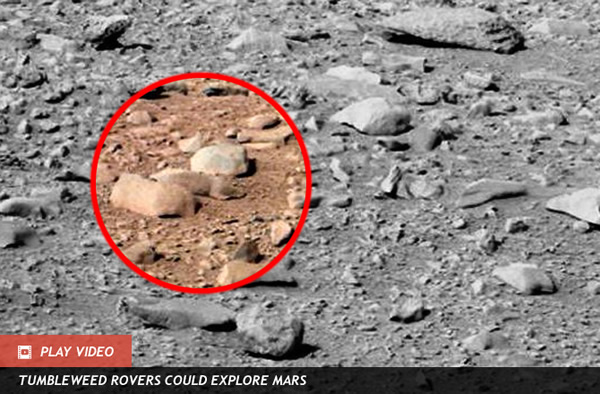Curiosity to Abandon Rocknest 'Mars Rat'
Curiosity to Abandon Rocknest 'Mars Rat'
It could have been the plucky tale of a lonely rover meeting an abandoned rodent on the Martian surface. The unlikely duo would then explore together, like Batman and Robin, to solve scientific riddles previously unfathomable by modern science!
Sadly, this fairytale won’t come true as NASA’s Mars rover Curiosity will soon turn its aluminum back on the only friend it was ever likely to make on the Red Planet’s surface to begin its long drive to the 3-mile-high Mt. Sharp in the middle of Gale Crater.
Although there have been conspiracy theories to the contrary, that ‘Mars rat’ is just a funny-shaped rock, not worthy of any follow-up study, according to mission scientists during a NASA press conference on Wednesday (June 5).
“Clearly, it results from, you know, a lot of things like wind erosion and mechanical abrasion and breakdown chemical weathering of the rocks, as to why they get these weird shapes,” said Joy Crisp, Curiosity Deputy Project Scientist of NASA’s Jet Propulsion Laboratory in Pasadena, Calif.
Spotted in a high resolution photograph taken by Curiosity on sol 52 of its surface mission at “Rocknest,” the rock in question is an excellent example of pariedolia — a psychological phenomenon that tricks our brains into seeing familiar objects in random shapes — because when you see that rock, it sure looks like a rat. If this were a scene from a terrestrial desert where rats are known to live, then perhaps it could be a rat.
On Mars, however, where there is very little water, high radiation, low temperatures, thin atmosphere, and very little evidence of present-day organic chemistry, the only thing known to populate the plains are… rocks. So, using logic alone, this ‘rat’ is a rock.
As silly as this little story may seem, mission scientists have put a positive spin on it: “It’s fun in a way, too, in that it will attract a lot of the public to look at the images and learn a little bit about Mars by pulling them in this way,” Crisp added.
I agree that this is a great way to make people stare hard at the stunning imagery flowing from Curiosity’s lenses, but don’t let your brain fool you into thinking you can see Bigfoot going on a Martian hike.(Jun 6, 2013 01:55 PM ET // by Ian O'Neill)












